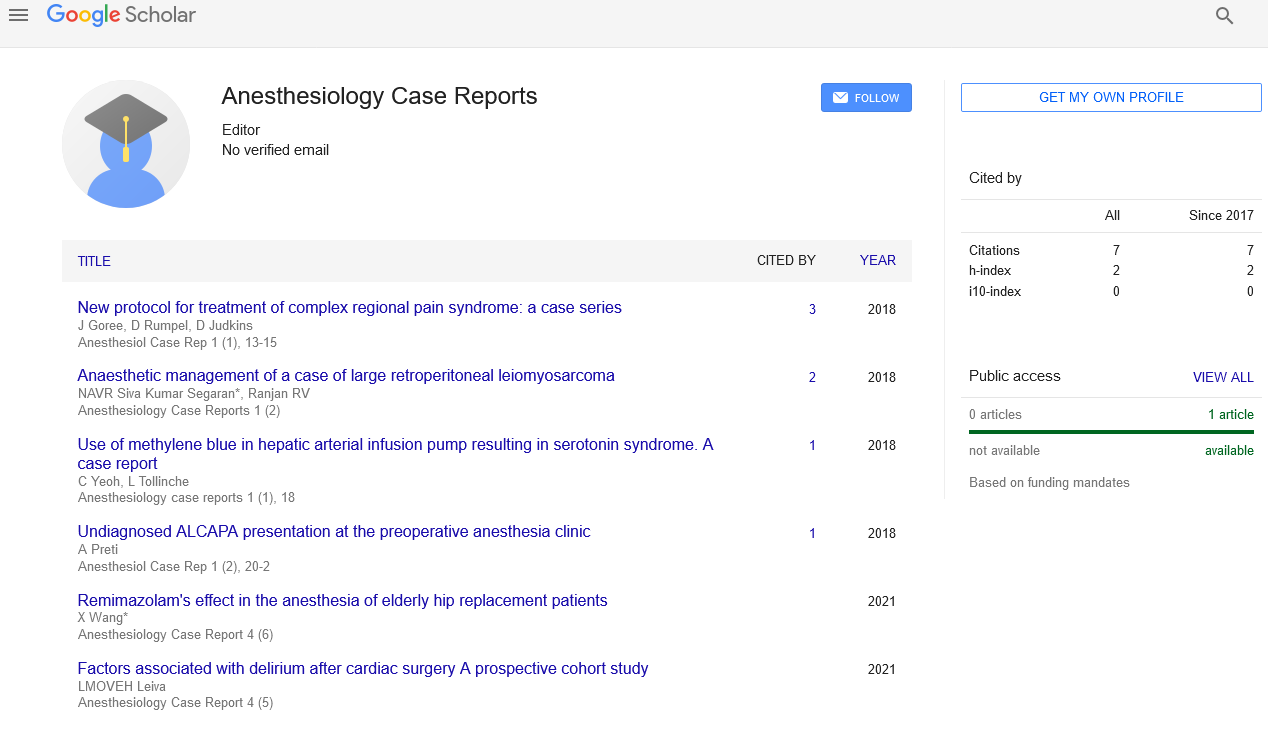Reverse Osmosis
Osmosis is the spontaneous net movement of solvent molecules through a selectively permeable membrane right into a place of higher solute concentration, in the direction that has a tendency to equalize the solute concentrations on the two aspects. It could also be used to explain a bodily method wherein any solvent moves throughout a selectively permeable membrane (permeable to the solvent, however no longer the solute) setting apart two answers of various concentrations. Osmosis may be made to do work. Osmotic stress is described because the external stress required to be applied so that there may be no internet motion of solvent throughout the membrane. Osmotic pressure is a colligative property, which means that the osmotic stress relies upon at the molar concentration of the solute but now not on its identification.
Osmosis is a essential technique in biological systems, as organic membranes are semipermeable. In well-known, those membranes are impermeable to big and polar molecules, such as ions, proteins, and polysaccharides, while being permeable to non-polar or hydrophobic molecules like lipids as well as to small molecules like oxygen, carbon dioxide, nitrogen, and nitric oxide. Permeability relies upon on solubility, fee, or chemistry, as well as solute size. Water molecules travel thru the plasma membrane, tonoplast membrane (vacuole) or protoplast by diffusing throughout the phospholipid bilayer thru aquaporins (small transmembrane proteins just like the ones responsible for facilitated diffusion and ion channels).
High Impact List of Articles
-
A Rare Case of Posterior Uterine Wall Rupture Complicated by Massive Transfusion and Disseminated Intravascular Coagulation
Sam Curtis*Case Reports: Anesthesiology Case Reports
-
A Rare Case of Posterior Uterine Wall Rupture Complicated by Massive Transfusion and Disseminated Intravascular Coagulation
Sam Curtis*Case Reports: Anesthesiology Case Reports
-
Anesthetic Challenges in Management of Parturient With Congenitally Corrected Transposition of Great Arteries Complicated
With Complete Heart Block and Hypothyroidism for Elective Cesarean Section
Dr. Shweta Joshi*,Dr. Madhu ChavanCase Reports: Anesthesiology Case Reports
-
Anesthetic Challenges in Management of Parturient With Congenitally Corrected Transposition of Great Arteries Complicated
With Complete Heart Block and Hypothyroidism for Elective Cesarean Section
Dr. Shweta Joshi*,Dr. Madhu ChavanCase Reports: Anesthesiology Case Reports
-
Successful completion of 5th World Nursing and Nursing Care Congress at Orlando, USA in March 11-12, 2019!
Rabie'e Al RashdiEditorial: Anesthesiology Case Reports
-
Successful completion of 5th World Nursing and Nursing Care Congress at Orlando, USA in March 11-12, 2019!
Rabie'e Al RashdiEditorial: Anesthesiology Case Reports
-
Acute episode of itching and possible amniotic fluid embolism with circulatory collapse in a full term pregnant patient
Azfar Khan Niazi*, Partha Jyoti Saha, Kavita Kashi Elliott, Paul William Minko, Adam Ryan Morris, Colin Jeffrey Nahrstedt, Eric Weipin Chiang, Jia Liu and Sabry Salama AyadCase Reports: Anesthesiology Case Reports
-
Acute episode of itching and possible amniotic fluid embolism with circulatory collapse in a full term pregnant patient
Azfar Khan Niazi*, Partha Jyoti Saha, Kavita Kashi Elliott, Paul William Minko, Adam Ryan Morris, Colin Jeffrey Nahrstedt, Eric Weipin Chiang, Jia Liu and Sabry Salama AyadCase Reports: Anesthesiology Case Reports
-
Methylene blue anaphylaxis under anaesthesia, during sentinel lymph node mapping in a patient undergoing bilateral mastectomy
Melissa Sharpless* and Michael WilliamsCase Reports: Anesthesiology Case Reports
-
Methylene blue anaphylaxis under anaesthesia, during sentinel lymph node mapping in a patient undergoing bilateral mastectomy
Melissa Sharpless* and Michael WilliamsCase Reports: Anesthesiology Case Reports
Conference Proceedings
-
The role of Kidney Injury Molecule-1, Interleukin-18 and Glutathione-S-Transferase-∏ in Paediatric HIVAN
Louansha NandlalPosters & Accepted Abstracts: Journal of Clinical Diagnosis and Treatment
-
The role of Kidney Injury Molecule-1, Interleukin-18 and Glutathione-S-Transferase-∏ in Paediatric HIVAN
Louansha NandlalPosters & Accepted Abstracts: Journal of Clinical Diagnosis and Treatment
-
Patient safety in nephrology
P Umesh Prabhu -
Patient safety in nephrology
P Umesh Prabhu -
Inflammation and vascular disease
Pavel PoredosScientificTracks Abstracts: Clinical Cardiology Journal
-
Inflammation and vascular disease
Pavel PoredosScientificTracks Abstracts: Clinical Cardiology Journal
-
Effectiveness of 3D PDO Cannula Cog application for the correction of midface, lower face, submental area and eyebrows in women of different age groups
Aleksandr BabychPosters & Accepted Abstracts: Journal of Skin
-
Effectiveness of 3D PDO Cannula Cog application for the correction of midface, lower face, submental area and eyebrows in women of different age groups
Aleksandr BabychPosters & Accepted Abstracts: Journal of Skin
-
Retrospective analysis of non-ablative scar treatment in dark skin types in Namibia using the 1540 nm Palomar icon
Marisa Venter and Rudie van VuurenScientificTracks Abstracts: Journal of Skin
-
Retrospective analysis of non-ablative scar treatment in dark skin types in Namibia using the 1540 nm Palomar icon
Marisa Venter and Rudie van VuurenScientificTracks Abstracts: Journal of Skin




